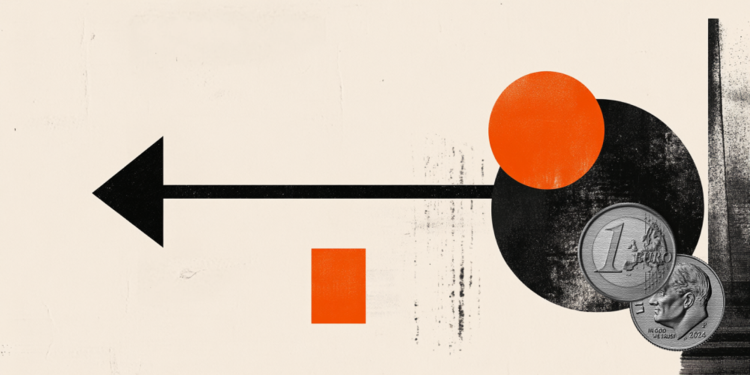NASA has turned the acoustic waves coming out of a black hole at the center of the Perseus galaxy into notes audible to human ears. The video showing astronomical data turned into sound was shared on the space agency’s social media.
The sound waves were extracted using NASA’s Chandra X-ray Observatory. The data comes out in radial directions, that is, from the center to the outside, and has been transformed into the range of human hearing, scaling it upwards by 57 and 58 octaves above its true pitch.
“The misconception that there is no sound in space originates because most of space is a vacuum, providing no way for sound waves to travel. A cluster of galaxies has so much gas that we pick up the real sound. Here it is amplified and mixed with other data, to hear a black hole!” NASA wrote on Twitter.
Since 2003, the black hole at the center of the Perseus galaxy cluster has been associated with sound.
According to NASA, “This is because astronomers found that the pressure waves sent by the black hole caused ripples in the cluster’s hot gas that could be translated into a note — one that humans cannot hear about 57 octaves below middle C. ,” they wrote in a statement.
Hear the sound of the Perseus galaxy cluster:
The misconception that there is no sound in space originates because most space is a ~vacuum, providing no way for sound waves to travel. A galaxy cluster has so much gas that we’ve picked up current sound. Here it’s amplified, and mixed with other data, to hear a black hole! pic.twitter.com/RobcZs7F9e
— NASA Exoplanets (@NASAExoplanets) August 21, 2022
Other galaxy clusters
In addition to the Perseus cluster of galaxies, a new sonification of another black hole was released by the agency this year.
The black hole in Messier 87, or M87, has been studied for years and NASA calls it a “celebrity in science” after the first launch of the Event Horizon Telescope (EHT) project in 2019.
Radio waves are mapped to the lower tones, optical data to the midtones, and X-rays detected by Chandra to the higher tones. Unlike the first, this sound is more “pleasant”.
The brightest part of the image below corresponds to the highest sonification, which is where astronomers find the black hole with a mass equivalent to 6.5 billion masses of the Sun.
Source: CNN Brasil







